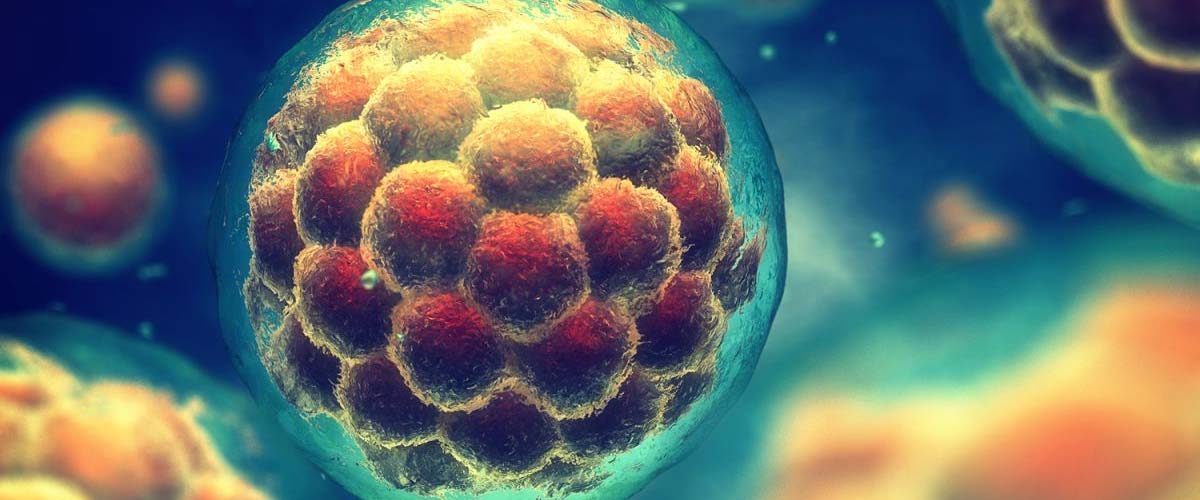In chicken development, the bursa of Fabricius is a sac-like organ located dorsal to the rectum, anterior to the sacrum connecting with the posterior portion of the cloaca by a short duct. It serves as a central lymphoid organ that plays a significant role in the improvement and maturation of the antigen-specific B cell repertoire. It is essential for the separation of prebursal stem cells into bursal stem cells present in the bursa until the 5th week after hatching. The prebursal stem cells migrate across the embryonic mesenchyme and go into the stratified epithelial lining at the edge between the bursal lumen and mesenchyme. Prebursal stem cells initiate cell division that enhances the population of bursal B-cells in the developing follicle at the next stage of development
After the preliminary stage of cell division, bursal B-cells start the development of a broad repertoire of B-cell receptor specificities by Ig-gene diversification. The micro-environmental factors within the bursal follicles that arbitrate the assortment and growth of bursal B-cells as well as the initiation of Ig-gene diversification are still unidentified. Leukocyte cell-derived chemotaxin-2 (LECT2) is a protein that serves as a chemotactic factor for neutrophils. The protein is known to regulate the biological activity of peripheral blood heterophils and bone marrow osteoclasts in chickens. The LECT2 gene is also transliterated in myeloid type cells in the chick embryo bursa. Slowik and Apte (2017) informed that LECT2 serve as a pleiotropic cytokine with roles in development, immune function and homeostasis in different tissues.
Novel research was conducted by Felfoldi et al. (2021) to confirm the LECT2 gene expression in the embryonic bursa at the mRNA and protein levels. This research is published in the recent issue of ‘International Journal of poultry sciences’. The researchers considered LECT2 a candidate factor in the bursal microenvironment that may participate in B-cell maturation because LECT2 has a multifunctional nature and a high level of gene expression in embryonic bursal B-cell development. Bischoff et al. (2016) confirm that the identification of the cellular source of LECT2 is critical because one of this proteinʼs functions is to induce the directional migration of mature leukocytes in adult chickens. In another study, Lu et al. (2016) stated that LECT2 may influence B-cell development in an unintended manner; meaning that LECT2 may fix to non-lymphoid bursal reticular epithelial cells (REC) and this may persuade secretion of REC-derived differentiation factors. The researchers further investigated the mouse bone marrow and stated that LECT2 restrains cytokine secretion by bone marrow macrophages, resulting in the proliferation of hematopoietic stem cells and their migration into the bloodstream.
















Add comment